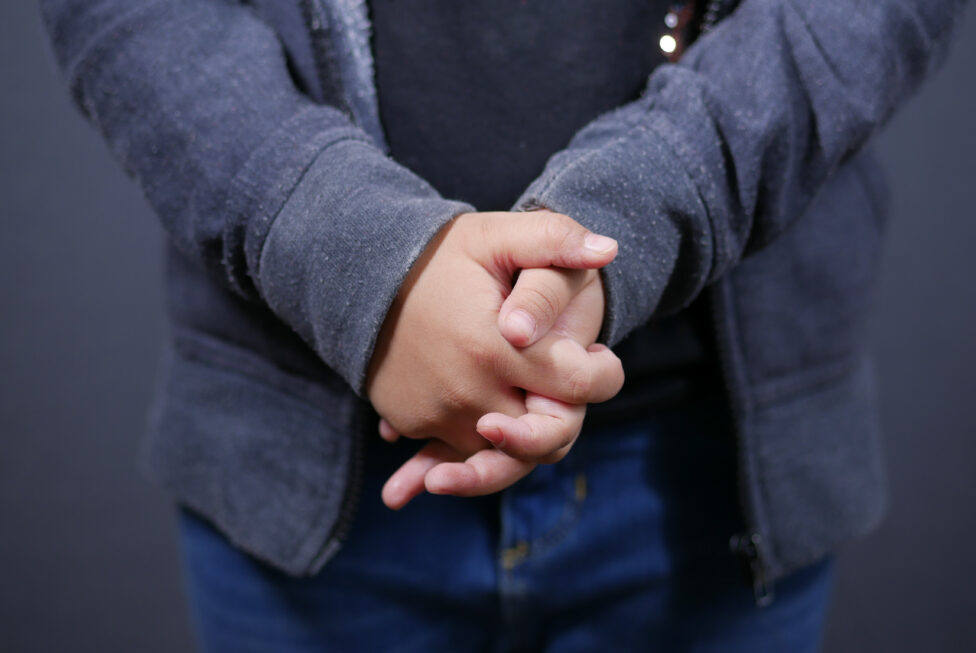Navigating Childhood Anxiety: Strategies for Parents and Therapists
Childhood is a time of wonder, imagination, and boundless curiosity. It’s also a time when children can encounter challenges that, although a natural part of growing up, may lead to anxiety. As parents and therapists, understanding childhood anxiety and equipping ourselves with strategies to support our young ones is paramount. In this article, we will explore the world of childhood anxiety, its common manifestations, and effective strategies that parents and therapists can employ to help children navigate this emotional terrain.
Understanding Childhood Anxiety:
Childhood anxiety is more than just temporary worries; it encompasses persistent feelings of fear, nervousness, and apprehension that interfere with a child’s daily life. It’s essential to recognize that anxiety is a normal stress response, and some levels of anxiety can be beneficial. However, when anxiety becomes overwhelming and pervasive, it can disrupt a child’s emotional well-being and development.
Common Signs of Childhood Anxiety:
Recognizing the signs of childhood anxiety is the first step in providing appropriate support. Common indicators may include:
Excessive Worry: Children may excessively worry about various aspects of their lives, such as school, friendships, or health.
Physical Symptoms: Anxiety can manifest physically, leading to symptoms like stomachaches, headaches, or muscle tension.
Avoidance: Children may avoid situations or activities that trigger anxiety, leading to social isolation.
Restlessness: Anxious children may appear fidgety, restless, or have trouble sitting still.
Sleep Disturbances: Anxiety can disrupt sleep patterns, leading to difficulty falling asleep or frequent nightmares.
The Role of Parents in Supporting Childhood Anxiety:
Open Communication:
Encourage open and non-judgmental communication with your child. Create a safe space where they can express their feelings and fears without fear of criticism.
Empathy and Validation:
Show empathy by acknowledging your child’s feelings and letting them know that it’s okay to feel anxious. Validating their emotions helps them feel understood and less alone.
Teach Coping Strategies:
Help your child learn practical coping strategies such as deep breathing exercises, mindfulness, or guided imagery. These techniques can empower them to manage anxiety in real time.
Maintain Routine:
Consistency and routine provide a sense of security for anxious children. Establish a structured daily routine to reduce uncertainty.
Model Healthy Coping:
Children often learn by example. Demonstrating healthy coping strategies in your own life can teach them valuable skills for managing anxiety.
The Therapist’s Role in Childhood Anxiety:
Therapists play a vital role in helping children manage anxiety. Evidence-based therapeutic approaches, such as Cognitive-Behavioral Therapy (CBT), can be particularly effective. Some strategies therapists employ include:
Assessment: Conduct a thorough assessment to understand the child’s specific anxiety triggers and symptoms. This helps tailor the therapy to their needs.
Exposure Therapy: Gradual exposure to anxiety-inducing situations, in a controlled and supportive environment, can help children build resilience.
Cognitive Restructuring: Challenge and reframe negative thought patterns that contribute to anxiety. Teach children to replace irrational fears with more realistic thinking.
Skill Building: Equip children with practical skills to manage anxiety, including relaxation techniques and problem-solving skills.
Family Involvement: In many cases, involving the child’s family in therapy can be beneficial. It helps parents and caregivers better understand and support the child’s progress.
Collaborative Efforts for Child Well-Being
Effective support for anxious children often involves collaboration between parents, therapists, and educators. School personnel can play a crucial role in creating a supportive environment for anxious children. Teachers and counsellors can be trained to recognize signs of anxiety and implement strategies to help students.
Conclusion: Guiding Little Hearts Toward Resilience
Childhood anxiety is a challenge that many children and families face. However, with understanding, empathy, and evidence-based strategies, children can learn to navigate their anxiety and build emotional resilience. As parents and therapists, our collective efforts can empower children to embrace life’s adventures, equipped with the strength to overcome anxiety’s obstacles.



